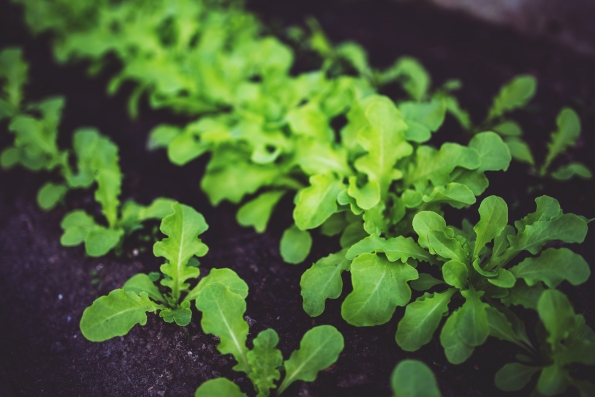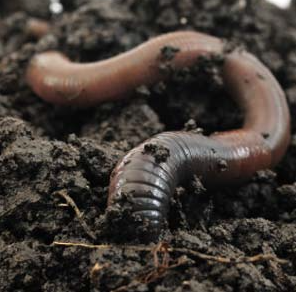The Food Chain
There are 3 major parts to a food chain!
Plants are producers because they provide energy for the ecosystem by absorbing energy from the sunlight. Plants are the only place where new energy can be made.

All animals are consumers, they absorb energy from producers.
Animals that eat plants are called herbivores, and they are considered primary consumers. Grasshoppers are an example of a herbivore!
Some animals eat other animals, these animals are called carnivores and they are considered secondary consumers. Frogs and Owls are good examples of a Carnivores!
Sometimes animals can be both primary and secondary consumers. These kind of animals are called omnivores. Pigs are an example of an omnivore!

Decomposers eat dead plants and animals! This is important because it puts nutrients back in the soil to help new plants.
Mushrooms and Earthworms are good examples of decomposers!


Now lets put them all together!
In this Food Chain:
- The Grasshopper eats the grass.
- The Frog eats the Grasshopper.
- The Snake eats the Frog.
- The Hawk eats the Snake.
Not only does the Food Chain allow for the different parts of the ecosystem to rely on each other. Food Chains prevent over population of species, this is important because there are more animals than humans on Earth. If some insects, plants and animals did not die the world would be over run by animals!
Make your own food chain!
